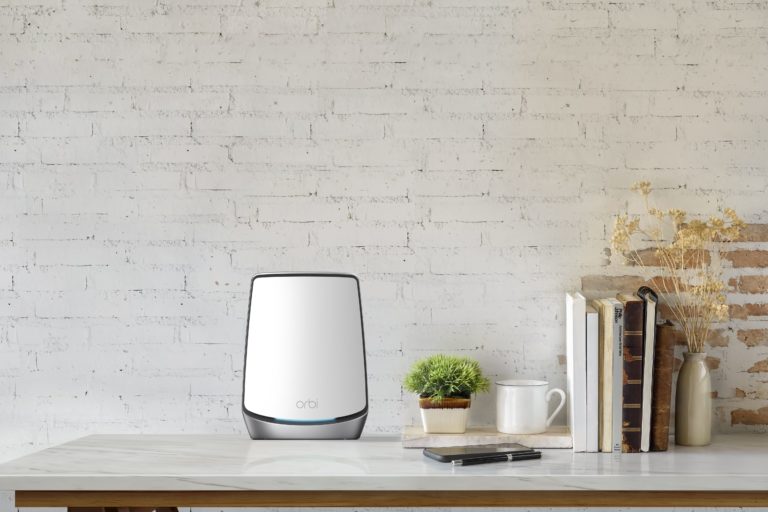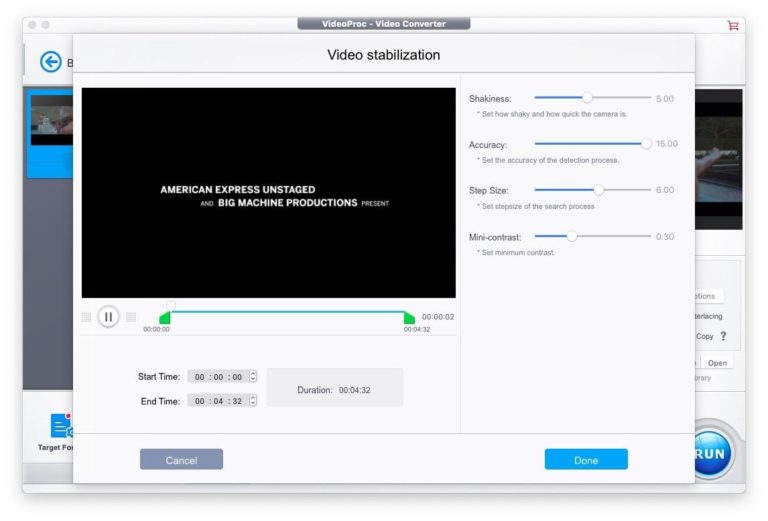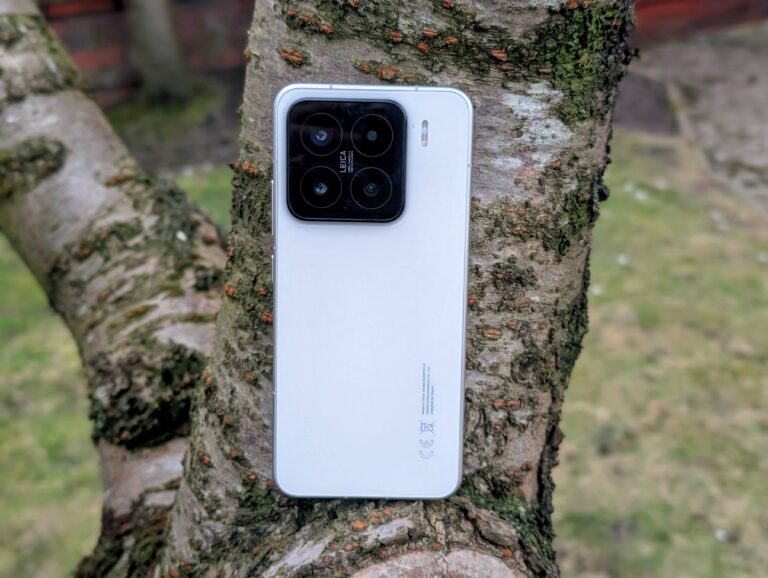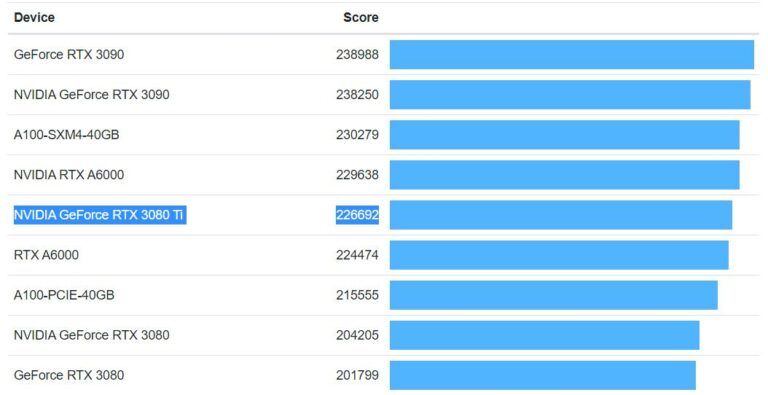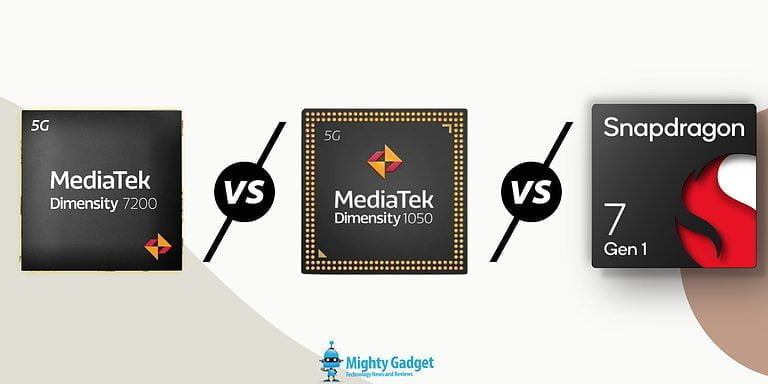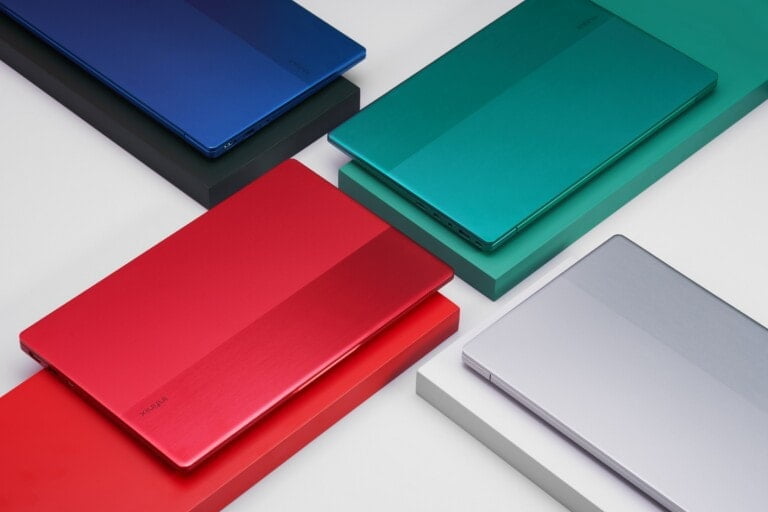Any links to online stores should be assumed to be affiliates. The company or PR agency provides all or most review samples. They have no control over my content, and I provide my honest opinion.
Following up on our post about OLED vs QLED it seemed prudent to cover the new HDR technologies that are prominent on this year’s 4K TVs.
Similar, but not as binary as the HD-DVD vs Blu-ray war, Dolby Vision and HDR10 are two separate standards that are competing for dominance.
‘HDR’ stands for High Dynamic Range and movies that are HDR-compatible have been mastered to push TVs to their limit, with brighter highlights, deeper blacks, and a broader array of colours.
The theory is the higher the dynamic range, the closer a photograph gets to real life. HDR for televisions is basically the same idea.
HDR is here to stay, but unfortunately, there are currently two standards: HDR10 and Dolby Vision.
HDR10 is open source and backed by players like Samsung, Sony, LG, Panasonic, and Hisense.
Dolby Vision is more ambitious, but it is proprietary, and the only compatible TVs right now are LG’s OLEDs, a few TVs from TCL and Philips.
Both formats have a lot of familiarities as they all require:
- TVs to have a minimum 4K (3,840 x 2,160) resolution
- A “wide colour gamut” displays capable of ~90% of the DCI-P3 colour gamut
- TV panels and components capable of at least 10-bit colour depth
Dolby Vision is the more ambitious of the two technologies and aims to be as future proof as possible. The core differences between the two technologies include:
- Dolby Vision mastering supports up to 10,000 nits peak brightness, with a current 4,000 nit peak brightness target
- HDR10 mastering supports up to 4,000 nits peak brightness, with a current 1,000 nit peak brightness target
- Dolby Vision mastering supports up to 12-bit colour depth, HDR10 is mastered for 10 bits
- Dolby Vision mastering supports up to the BT.2020 colour space, HDR10 is mastered for DCI-P3
To complicate matters more HDR10+ has recently been launched which brings the specifications more in line with Dolby Vision while maintaining the licence free nature of the standard.
When it comes to the average user’s experience, there probably isn’t much of a difference to you; the main issue is if the content actually supports the 2-competing format.
The good news here is that many streaming companies support both formats, in particular, Netflix will do Dolby Vision and HDR10. It is also open to the idea of supporting the new HDR10+ format.
Amazon also supports both formats, and they started to support HDR10+ on Samsung QLED TVs in December.
I am James, a UK-based tech enthusiast and the Editor and Owner of Mighty Gadget, which I’ve proudly run since 2007. Passionate about all things technology, my expertise spans from computers and networking to mobile, wearables, and smart home devices.
As a fitness fanatic who loves running and cycling, I also have a keen interest in fitness-related technology, and I take every opportunity to cover this niche on my blog. My diverse interests allow me to bring a unique perspective to tech blogging, merging lifestyle, fitness, and the latest tech trends.
In my academic pursuits, I earned a BSc in Information Systems Design from UCLAN, before advancing my learning with a Master’s Degree in Computing. This advanced study also included Cisco CCNA accreditation, further demonstrating my commitment to understanding and staying ahead of the technology curve.
I’m proud to share that Vuelio has consistently ranked Mighty Gadget as one of the top technology blogs in the UK. With my dedication to technology and drive to share my insights, I aim to continue providing my readers with engaging and informative content.


